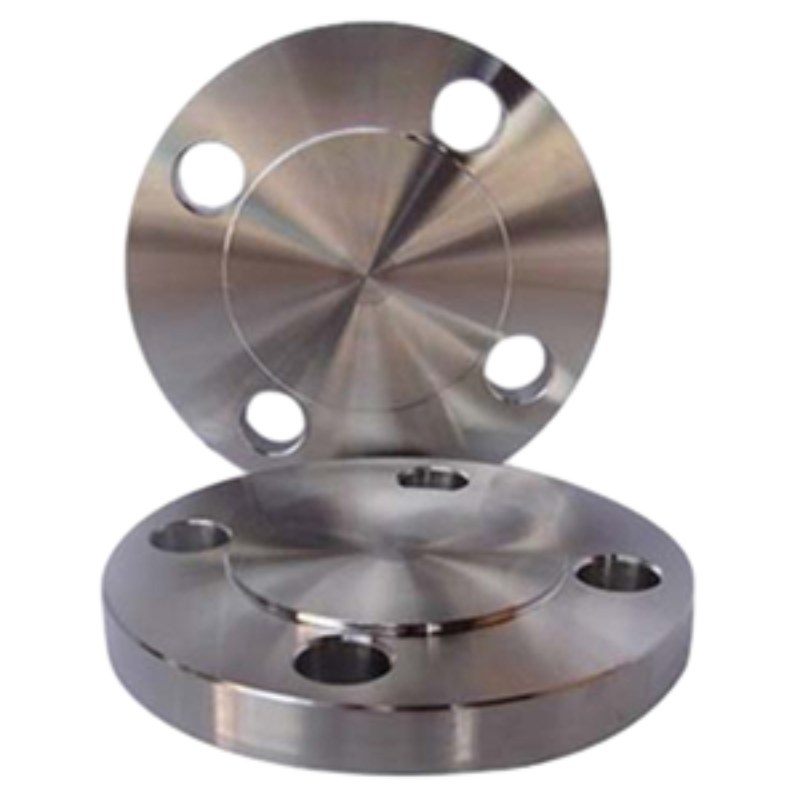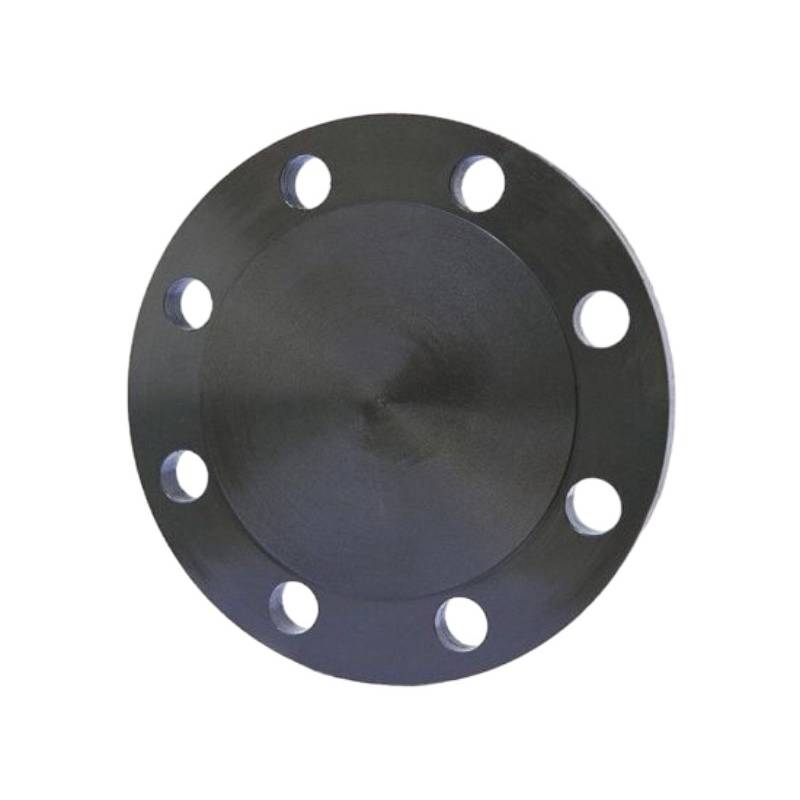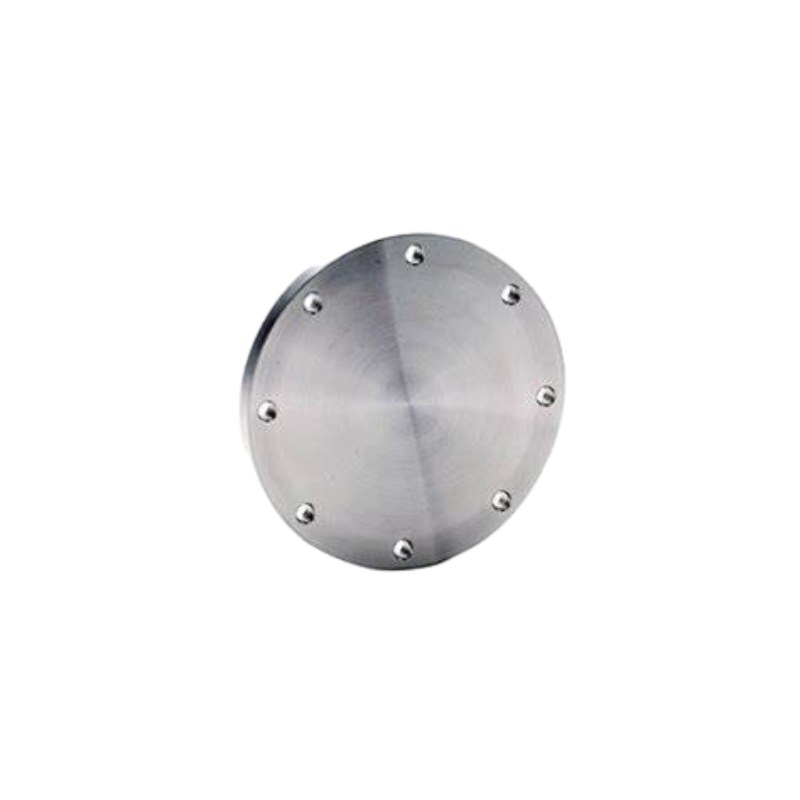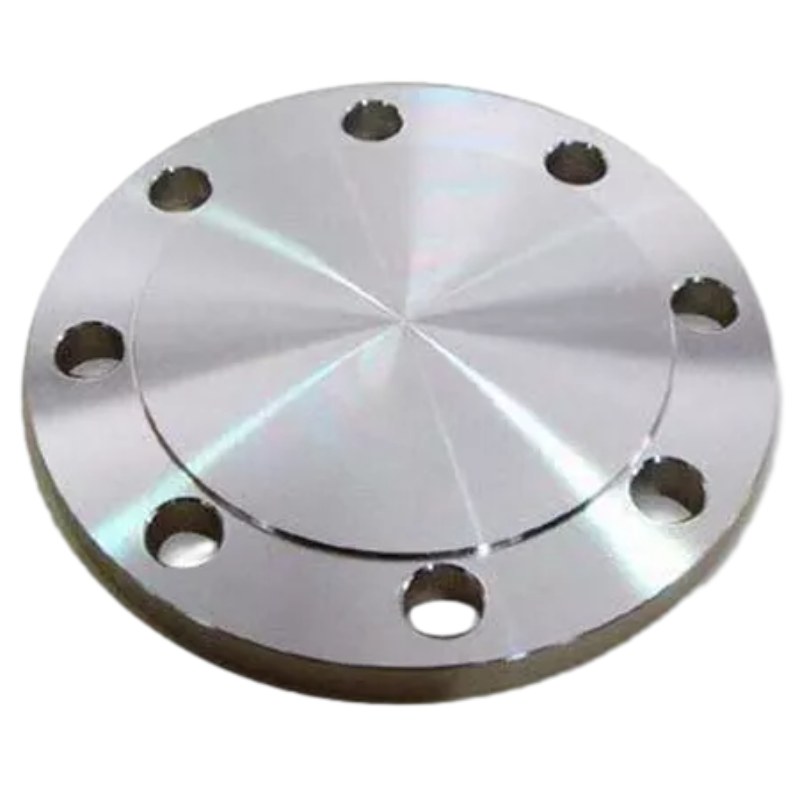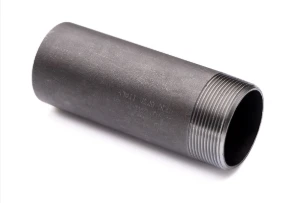-
Thiết kế mạnh mẽ: Mặt bích mù GOST 12836-67 có một tấm tròn, phẳng với các lỗ bu lông cách đều nhau xung quanh chu vi. Thiết kế này cho phép dễ dàng căn chỉnh và bắt vít vào mặt bích tiếp giáp, cung cấp giải pháp đóng kín chắc chắn và ổn định cho hệ thống đường ống.
-
Niêm phong an toàn: Khi lắp đặt ở cuối đường ống, mặt phẳng của Mặt bích mù GOST 12836-67 tạo ra một vòng đệm kín, ngăn chặn rò rỉ chất lỏng và duy trì tính toàn vẹn của hệ thống đường ống. Khả năng bịt kín an toàn này đảm bảo hiệu suất và an toàn tối ưu, ngay cả trong điều kiện vận hành khắc nghiệt.
-
Ứng dụng đa năng: Từ các nhà máy lọc dầu khí đến các nhà máy xử lý hóa chất và mạng lưới phân phối nước, Mặt bích mù GOST 12836-67 tìm thấy ứng dụng linh hoạt trong nhiều ngành công nghiệp khác nhau. Cho dù được sử dụng cho mục đích cách ly, kiểm tra áp suất hay đóng tạm thời, những mặt bích này đều mang lại độ tin cậy và độ bền trong các hệ thống đường ống quan trọng.
-
Xây dựng bền vững: Được chế tạo từ các vật liệu chất lượng cao như thép cacbon, thép không gỉ hoặc thép hợp kim, Mặt bích mù GOST 12836-67 thể hiện sức mạnh và độ bền đặc biệt. Chúng được thiết kế để chịu được các điều kiện hoạt động khắc nghiệt, bao gồm môi trường ăn mòn, nhiệt độ cao và áp suất cao, đảm bảo hiệu suất và độ tin cậy lâu dài.
-
Kỹ thuật chính xác: Mặt bích mù GOST 12836-67 trải qua các quy trình kỹ thuật và gia công chính xác để đáp ứng các yêu cầu nghiêm ngặt về dung sai kích thước và độ hoàn thiện bề mặt. Độ chính xác này đảm bảo khả năng tương thích và khả năng thay thế lẫn nhau với các mặt bích tiêu chuẩn khác, tạo điều kiện tích hợp liền mạch vào hệ thống đường ống và giảm thiểu nguy cơ rò rỉ hoặc hỏng hóc.
-
Dễ dàng cài đặt: Việc lắp đặt Mặt bích mù GOST 12836-67 rất hiệu quả và đơn giản, yêu cầu căn chỉnh và bắt vít đơn giản vào đầu ống. Kích thước và thiết kế được tiêu chuẩn hóa của chúng giúp dễ dàng tích hợp vào mạng lưới đường ống hiện có, giảm thiểu thời gian lắp đặt và chi phí nhân công.
Các tính năng chính:
- Thiết kế chắc chắn để đóng cửa an toàn
- Niêm phong an toàn với thiết kế mặt phẳng
- Ứng dụng đa năng trong các ngành công nghiệp
- Cấu trúc bền bỉ cho hiệu suất lâu dài
- Kỹ thuật chính xác cho dung sai chặt chẽ
- Dễ dàng lắp đặt với việc căn chỉnh và bắt vít đơn giản
Material Selection for GOST 12836-67 Blind Flanges: What You Need to Know
When it comes to GOST 12836-67 blind flanges, selecting the appropriate material is crucial for ensuring functionality, safety, and longevity in various applications. GOST standards, established by the Euro-Asian Council for Standardization, Metrology and Certification, guide the specification of materials to maintain the integrity of piping systems.
Key Considerations for Material Selection:
1. Corrosion Resistance: One of the primary factors in choosing a material for GOST blind flanges is its ability to resist corrosion. Stainless steel (such as 304, and 316) is a popular choice due to its excellent resistance to oxidizing environments. For applications involving aggressive chemicals, alloys like Inconel or Monel are often considered.
2. Pressure and Temperature Rating: GOST blind flanges need to be rated for the specific pressure and temperature conditions they will face. Material selection must align with the service conditions to avoid failure. For high-pressure applications, carbon steel flanges can be suitable, provided they are properly treated or coated.
3. Weldability and Machinability: Depending on installation requirements, the selected material should offer appropriate weldability and machinability. If modifications or on-site fabrication are necessary, choosing materials that can be easily welded is essential.
4. Standards Compliance: Ensure that the materials selected comply with all relevant GOST standards. This not only guarantees quality but also maintains compatibility within the piping system.
5. Cost-effectiveness: While material selection should prioritize performance and safety, cost considerations also play a significant role, especially in large-scale projects. Finding a balance between budget and quality is essential.
Differences Between GOST 12836-67 Blind Flange and Other Flange Standards
When comparing the GOST 12836-67 blind flange with other flange standards, several key differences emerge that reflect the unique characteristics and applications of the Russian standard. The GOST (Gosudarstvennyy Standart) system is a set of regulations and guidelines that govern various industrial products, including blind flanges, which are used to seal off piping systems.
One of the primary differences lies in the dimension and pressure rating classifications. GOST 12836-67 blind flanges are specifically designed according to Russian specifications, with dimensions that may differ significantly from those outlined in ANSI, ASME, or ISO standards. For instance, while ANSI/ASME flanges are typically categorized into nominal pipe sizes (NPS) and pressure classes, GOST flanges feature a unique set of sizes and pressure ratings, making it essential for engineers to select the appropriate type based on regional standards.
Another notable difference is the material composition. The GOST standard emphasizes the use of specific materials that are suited for the harsh Russian climate and industrial requirements. While common materials such as carbon steel and stainless steel are also used in other standards, GOST may specify additional material grades to accommodate unique environmental challenges, including extreme temperatures and corrosive conditions.
Additionally, the manufacturing and testing processes for GOST 12836-67 blind flanges are subject to local industry regulations, which might include stricter quality assurance protocols compared to other international standards. This ensures that the flanges not only meet dimensional specifications but also effectively withstand the pressures and temperatures expected in typical applications within Russia.
In summary, while GOST 12836-67 blind flanges share similarities with other flange standards, their unique dimensions, material requirements, and quality assurance processes set them apart. Understanding these differences is crucial for engineers and designers when selecting flanges for specific applications in diverse geographical locations.







